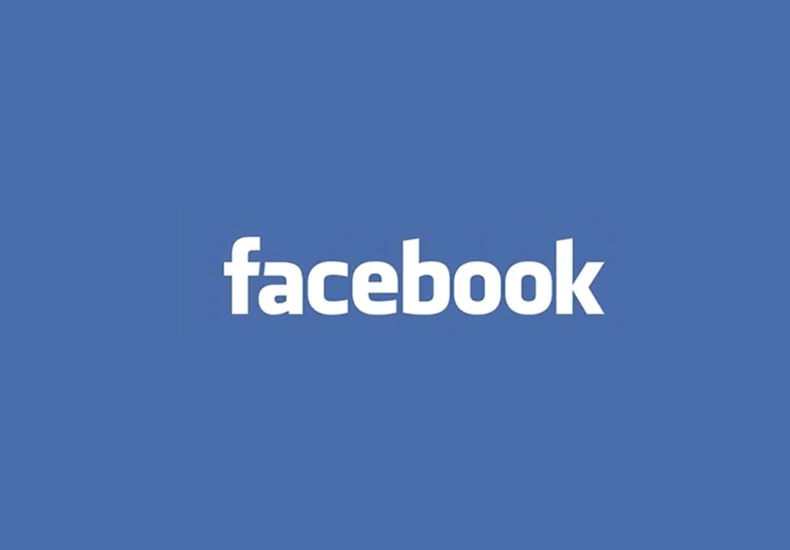
New Facebook Gender Options Validated by HRC Report on Gender-Expansive Youth
The need for the social media giant’s change is bolstered by a new report released today on gender-expansive youth – or young respondents who identified as transgender or chose “other” and wrote in their own terms – published by the Human Rights Campaign Foundation in partnership with Gender Spectrum.
In a survey of 10,000 LGBT youth, nearly 10 percent of respondents fall into the “gender-expansive” grouping – underscoring the need for moves like the one Facebook announced today. The report further analyses the results of a groundbreaking survey of LGBT-identified youth first reported in “Growing Up LGBT in America.” Of the 925 gender-expansive respondents, one-third identified as transgender and two-thirds wrote in their own terms, such as queer, gender-queer, gender fluid and non-binary.
“Over the past few years, a person’s Facebook profile truly has become their online identity, and now Facebook has taken a milestone step to allow countless people to more honestly and accurately represent themselves,” said HRC President Chad Griffin. “Facebook’s action is one that I hope others heed in supporting individuals’ multifaceted identities.”
Unfortunately, the data also reveal that many of these gender-expansive youth find themselves in an environment that is not supportive of their health and well-being. Less than half (43 percent) of the gender-expansive youth report having an adult in their family they could turn to if they felt worried or sad. And gender-expansive youth are much less likely to report “definitely fitting in” in their community than their peers. Only 5 percent reported “definitely fitting in,” with 30 percent reporting “definitely not fitting in.”
The report shows that only 4 percent of the gender-expansive youth reported being “very happy,” nearly seven times less than their peers. Nearly one in 10 gender-expansive youth reported being “very unhappy.”
Some of the report’s other key findings:
- More than four in 10 (42 percent) gender-expansive youth report “frequently” or “often” being called names involving anti-gay slurs and 40 percent report being excluded by peers “frequently” or “often;”
- Nearly half of gender-expansive youth (49 percent) reported experimenting with alcohol and drugs, double the rate of their peers;
- More than 50 percent of gender-expansive youth reported “never participating” in the majority of activities listed in the survey (e.g., sports, church/religious youth groups and service organizations). If it weren’t for after school activities, online LGBT community and school Gay Straight Alliances, gender-expansive youth would not be engaged in activities that build confidence and social skills.
“The rising tide of equality cannot leave anyone behind, and this new report shows that we’ve got to work harder than ever before to make sure that every young person is guaranteed an equal future, no matter their gender identity or expression,” said Ellen Kahn, Director of the HRC Children, Youth and Families Program, and a professional social worker. “These teens have incredible honesty in the way they express themselves, and the caregivers in their lives have a lot to learn from them. It’s up to us to ensure that they have the networks of support and understanding that every child needs to thrive.”
“This report reminds us how critical it is for each of us to discuss these important issues with the youth in our lives” said Lisa Kenney, Executive Director of Gender Spectrum. “You don’t need to be an expert. It really comes down to doing three things: educate yourself on gender; create a safe space to discuss and explore issues related to gender identity and expression; and advocate for greater gender-inclusiveness in your community.”
Examples of youth identifying outside a binary have been increasingly highlighted in the media. Lori Duron, author of Raising My Rainbow, wrote on HRC’s blog today about her young son’s experience as a gender-expansive youth, pointing to this report as a clarion call to adults to do more for these youth.
The report is being released at the HRC Foundation’s inaugural Time to THRIVE conference, a gathering of more than 600 youth-serving professionals focusing on building awareness and cultural competency, learning current and emerging best practices, and gathering resources from leading experts and national organizations working with LGBT youth. Time to THRIVE is being co-presented by the National Education Association and the American Counseling Association, and sponsored by AT&T.
This report, part of a series of efforts to analyse the landscape for LGBT youth, includes a call to action for parents, caregivers and educators of gender-expansive youth. A full copy of the report is available at: www.hrc.org/youth-gender.
